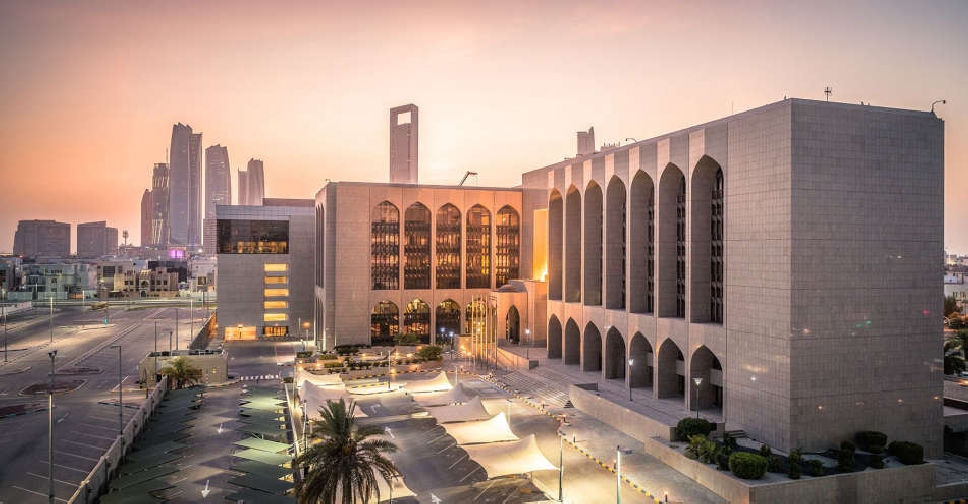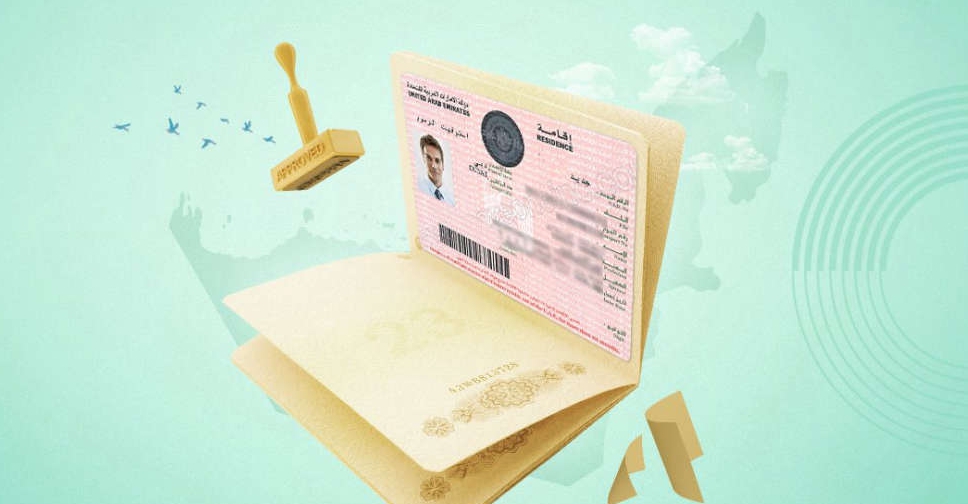
Apple Inc.’s latest attempt to crack the Indian smartphone market -- by selling used phones -- is meeting a wall of resistance. The iPhone maker is seeking permission to become the first company allowed to import and sell used phones into the country, its second attempt in as many years. This time, the stakes are higher and a growing number of industry executives are fighting the move, warning government officials in private that it’ll open the floodgates to electronic waste, jeopardize local players, and make a farce of Prime Minister Narendra Modi’s Make in India program to encourage local manufacturing. “Make in India could turn into Dump in India,” said Sudhir Hasija, chairman of Karbonn Mobiles, who said it sells about 1.7 million phones a month. Apple’s application in 2015 was rejected by the environment ministry without much fanfare. But things have changed since: India, as the world’s second largest mobile population, now represents a vast untapped opportunity for Apple just as China and the U.S. are slowing. Apple has publicly talked up its prospects in India and is on course to get the green light to open its first retail stores. Sensing the threat, the electronics manufacturing industry’s main representative body recently set up a lobbying arm that wrote directly to the government vehemently opposing Apple’s application. “Why even consider allowing import of used phones when import of other used goods such as cars are precluded by 300 percent duty levies?” asked Ravinder Zutshi, chairman of the newly formed Mobile and Communications Council, which issued the letter. The group’s members include the largest Indian phone brands: Micromax, Intex and Samsung. A Pivotal Market Apple’s application has gone to so-called inter-ministerial discussion, said Asha Nangia, a director in the Department of Electronics & Information Technology. That adds a layer of bureaucracy to a process that’s far from certain. The government could go either way, though it’s encountering far greater local opposition than the first time around. The company declined to comment. The maker of the world’s most expensive smartphones had been stymied by low incomes and regulations. But selling cheaper re-furbished devices can help convert price-sensitive consumers, who previously would have had to fork over a month’s earnings or more to own the coveted brand. Apple last month unveiled a smaller iPhone SE that, with a starting price of $399, may still be out of reach of many Indian buyers. Apple now has less than 2 percent of an Indian market in which four-fifths of phones cost less than $150. Branded smartphones are available for as little as $35 in India. Western multinationals from car-makers to soda vendors use “India only” prices and cut-rate “India edition” products to woo customers. Apple can’t employ those strategies without tarnishing its marquee phone’s premium aura. Still, its sales there jumped 76 percent in the holiday quarter, indicating that demand for the premium brand is growing. Tim Cook called out the country’s “incredibly exciting” prospects during his last earnings conference and said his company will devote more energy to that market. “All this will neatly tie into Apple’s strategy as the smartphone market peaks in the country in the next few years,”said Neil Shah, research director for devices and ecosystems at Counterpoint Research. “Apple will sell these at far lower price points and bring down entry barriers in India where new iPhones are out of reach of the masses.” Apple could target annual iPhone sales of 10 million by 2017, he added. Keep Out But rival smartphone makers will have none of it. One of the chief complaints is that allowing Apple to have its way would result in a deluge of used electronics imports, making mince-meat of Modi’s localization drive. Global players such as Foxconn Technology Group are considering or have begun taking baby steps towards local manufacture, starting with basic assembly. Any easing of curbs on imports could give them pause, Hasija argued. “Make in India will become a big zero,” said Hasija, who’s set up four phone assemblies across the country since the program was launched and is building a fifth. Another criticism focuses on potential damage to the environment. When destroyed, phones produce toxic materials that India isn’t equipped to deal with, critics say. Used batteries and LCD screens could worsen the mountainous e-waste problem the country already faces. “The millions of imported used phones will need their batteries replaced. What will happen to those batteries, where will they go?” asked Sunil Vachani, chairman of Dixon Technologies, whose phone assemblies roll out a million phones a month for brands like Japan’s Panasonic and China’s Gionee. “I am against any change in policy with regard to import of used phones.” Exacting Standards To be sure, Apple has some of the industry’s most exacting protocols for recycling products. The company says it typically manages to collect and recycle 85 percent, by weight, of devices produced seven years earlier. Apple’s eventual plan, as stated in its application to the government, is to set up facilities that take discarded phones and refurbish them for use. Importing used phones also dovetails with developments on the other side of the globe. In February, Apple launched a U.S. program that allows users to upgrade older iPhones for a small monthly cost. Shah said the 14 million to 15 million older phones he expects to be traded-in could be refurbished and sent to emerging markets -- including India. “Even if the refurbished iPhones are priced a bit more than 10,000 rupees ($150), that will hurt our sales because Indians may choose Apple for its snob value,” said Hasija of Karbonn.

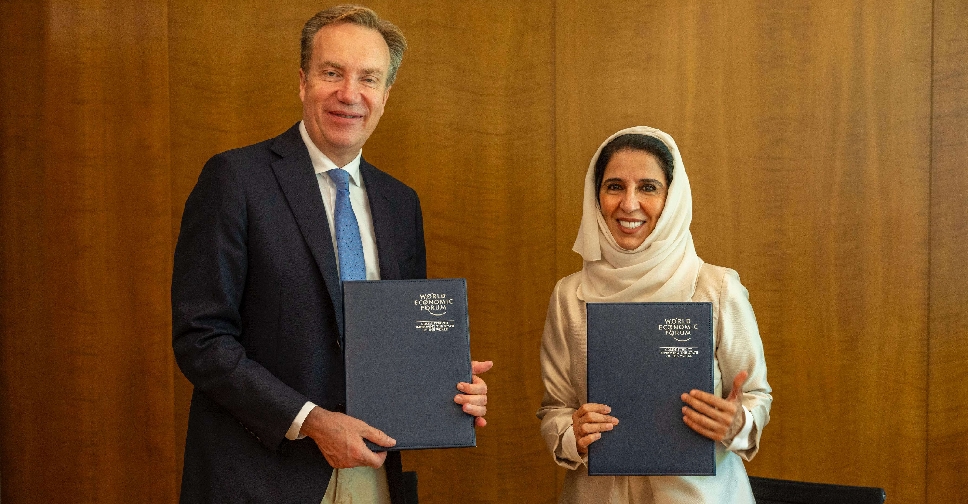 UAE, WEF unveil global platform for regulatory innovation
UAE, WEF unveil global platform for regulatory innovation
 Oil tumbles as OPEC+ hikes August output more than expected
Oil tumbles as OPEC+ hikes August output more than expected
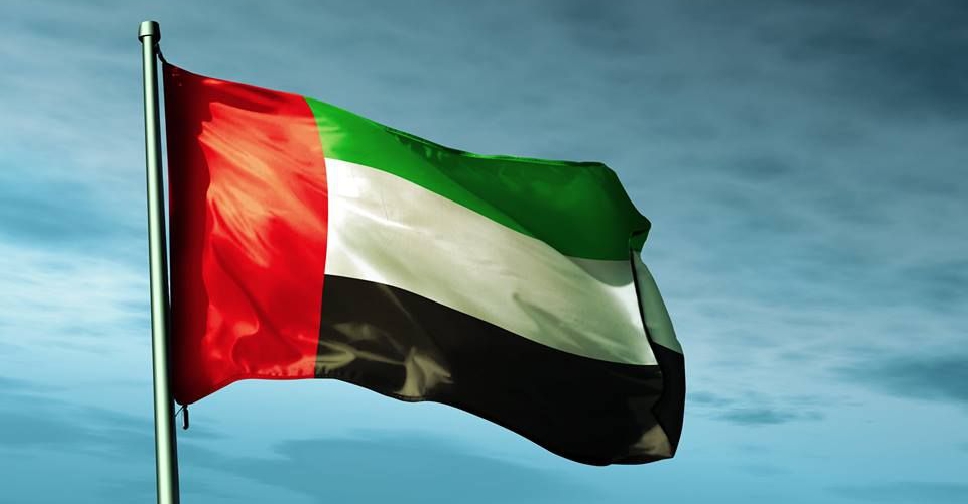 UAE ranks third globally in sovereign wealth assets
UAE ranks third globally in sovereign wealth assets
 OPEC+ speeds up oil output hikes, adds 548,000 bpd in August
OPEC+ speeds up oil output hikes, adds 548,000 bpd in August
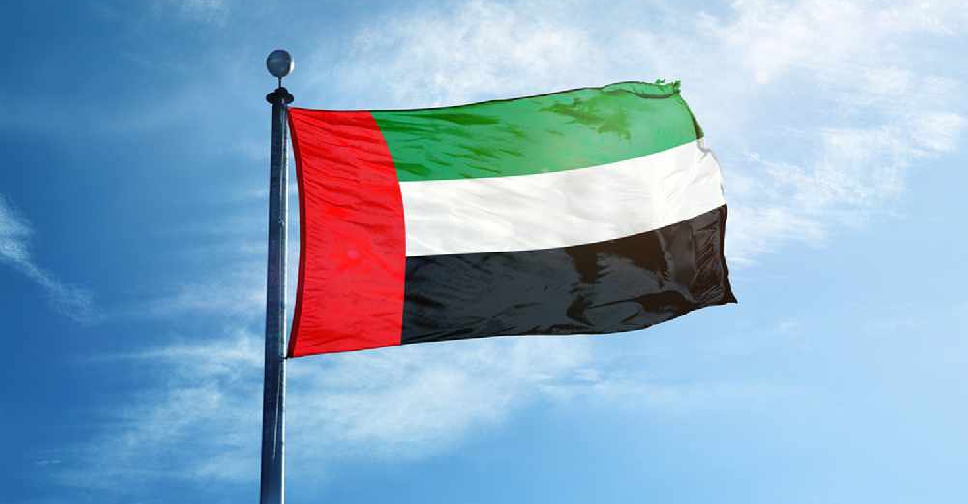 UAE emerges as global base for digital nomads
UAE emerges as global base for digital nomads

